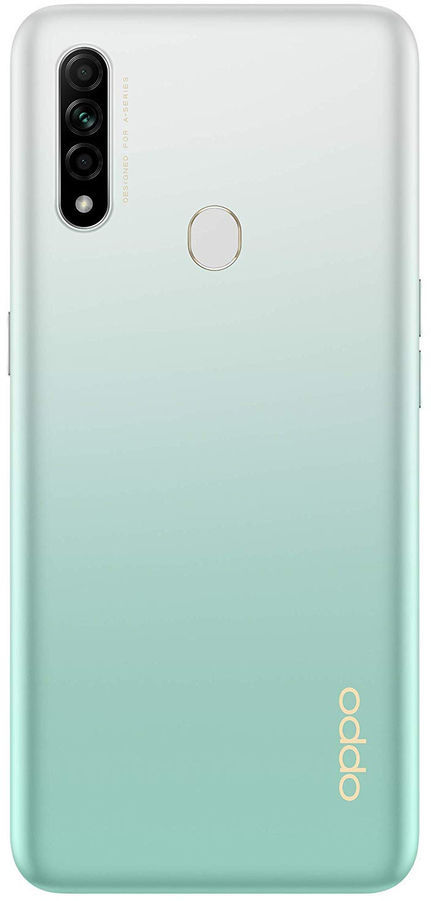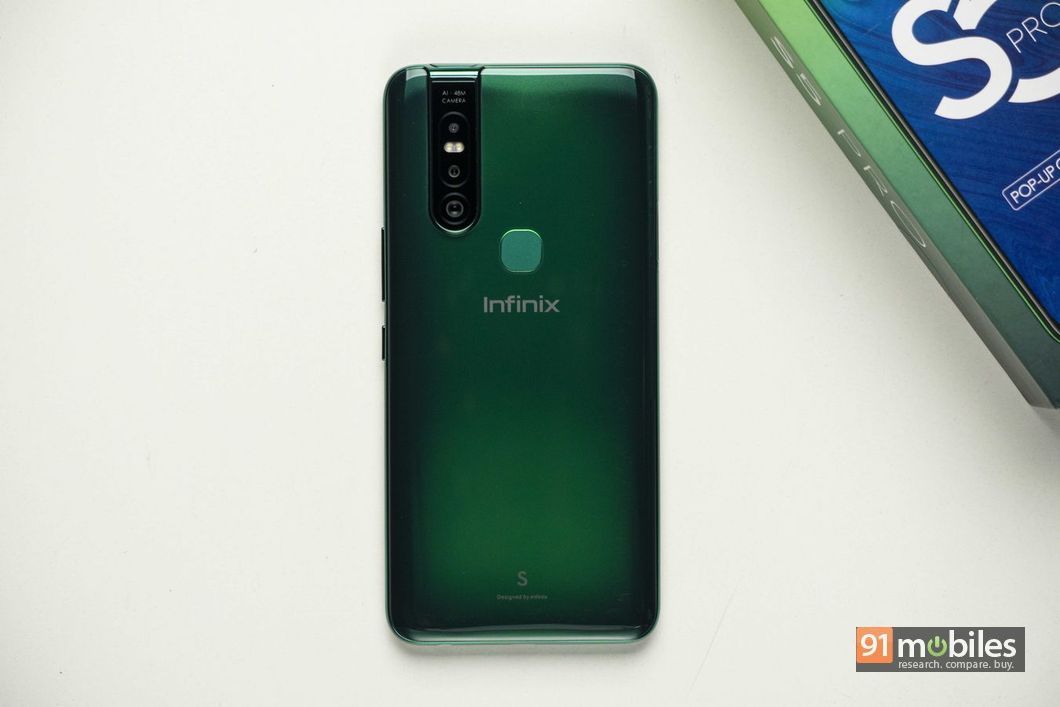“Your phone’s chipset helps improve many other aspects apart from just performance. Here’s what you should focus on”
When purchasing a new smartphone, most people pay close attention to the performance it can be expected to offer. In fact, the chipset is one of the biggest considerations for many smartphone buyers, especially since mobile gaming is increasingly becoming popular. Of course, factors like camera, display, battery, connectivity, etc are also quite critical. What many people don’t realise is the fact that it’s the chipset – or System on Chip (SoC), as it is also known – which is responsible for enabling many of these features in a handset. From the camera and battery performance to AI and graphics, here’s a look at some of the features you should consider while selecting a smartphone, and why you should be paying special attention to the chipset for factors beyond pure performance.
Display
With the touchscreen being the primary means of interaction with a smartphone, the importance of a phone’s display and its quality can’t be underestimated. A capable display helps improve usage experience across the board – watching videos or movies, playing games, reading, etc… i.e. anything and everything that you do on the phone. Display prowess is driven behind the scenes by the chipset. The OPPO A31 for example, utilises the MediaTek Helio P35 processor which features eight cores running at 2.3GHz along with PowerVR GE8320 graphics. Thanks to the support for high-res bezel less displays provided by the chipset, the OPPO A31’s screen can offer great visuals and a more immersive experience.

Camera and AI capabilities
While most people follow the camera resolution and other specs of the imaging sensors, they ignore the chipset’s role in enabling a wholesome photography experience. Along with powering camera capabilities, the SoC also handles behind-the-scenes image processing for improving quality of the images. For example, the MediaTek Helio P95 that powers the OPPO Reno3 Pro supports multiple cameras, and that in turn, enables the handset to offer quad cameras. In fact the smartphones boasts a 64MP primary sensor on the back, and a 44-megapixel sensor for selfies. And thanks to the APU 2.0, the phone also features several AI imaging enhancements such as AI Noise reduction, and AI Beauty Video, among other features.

Speaking of, MediaTek utilises a dedicated Application Processing Unit (APU) in its chipsets to enable artificial intelligence capabilities. Since AI works behind the scenes, many of its benefits may not be immediately apparent to the user. However, the Helio P95’s AI functions operate across the board, right from scene segmentation and depth processing in the camera to full-body movement tracking for AR (Augmented Reality) apps. In the Reno3 Pro’s case, these capabilities help deliver crisp photos across different conditions, and makes AR apps and games run smoother.
Battery
Most smartphones these days come with large batteries. But that’s not the only reason the newest phones claim to offer long battery life. Once again, the chipset’s architecture comes to the fore in ensuring that the battery is consumed judiciously. The recently-launched Infinix S5 Pro for example, features the MediaTek Helio P35 chipset and when the latter’s efficiency is combined with a capacious 4,000mAh battery, the combination results in 14 hours and 30 minutes runtime on PCMark’s battery test. The chipset also enables fast charging support in the phones to ensure that the device can be juiced up quickly with a higher-wattage adapter.

Graphics
This point may not come as a surprise to the gamers out there, but graphics capabilities are undoubtedly an important aspect of the chipset. Worth mentioning that the SoC includes a Graphics Processing Unit (GPU) that drives the graphics functionality of the handset, for playing games, rendering images and videos, etc. And chipmakers are making graphics even better. MediaTek’s Helio G series chipsets for example, feature the HyperEngine Game technology that improves frame rates, picture quality, and reduces network latency while gaming. These capabilities come to the fore in handsets like the Helio G70-powered Realme C3, a device that can offer a smooth gaming experience despite its affordable price tag.

Connectivity features
The processor also enables the connectivity features of a smartphone, covering all aspects like cellular connectivity (4G VoLTE, 5G etc), as well as GPS, Bluetooth, and Wi-Fi. The OPPO Reno3 Pro is a good example, as it supports Dual 4G VoLTE on both SIMs thanks to the latest 4G LTE WorldMode modem that offers 4×4 MIMO, 3CA (Carrier Aggregation), and 256QAM. These technologies ensure that users of the phone can enjoy a reliable connection anywhere, including crowded areas such as shopping malls, airports and stadiums. The Reno3 Pro and many other MediaTek-powered phones also feature Bluetooth 5.0, and in-built GPS with A-GPS, Beidou, Glonass, GALILEO compatibility.
To sum it up…
As you can see, the chipset powers many essential features of a phone, including camera performance, display, AI enhancements, graphics, connectivity, and battery life. MediaTek helps bring all these useful features to smartphones at affordable price points, and enhance the overall usage experience.
from 91mobiles.com https://bit.ly/2vYDCB7
via gqrds
No comments:
Post a Comment